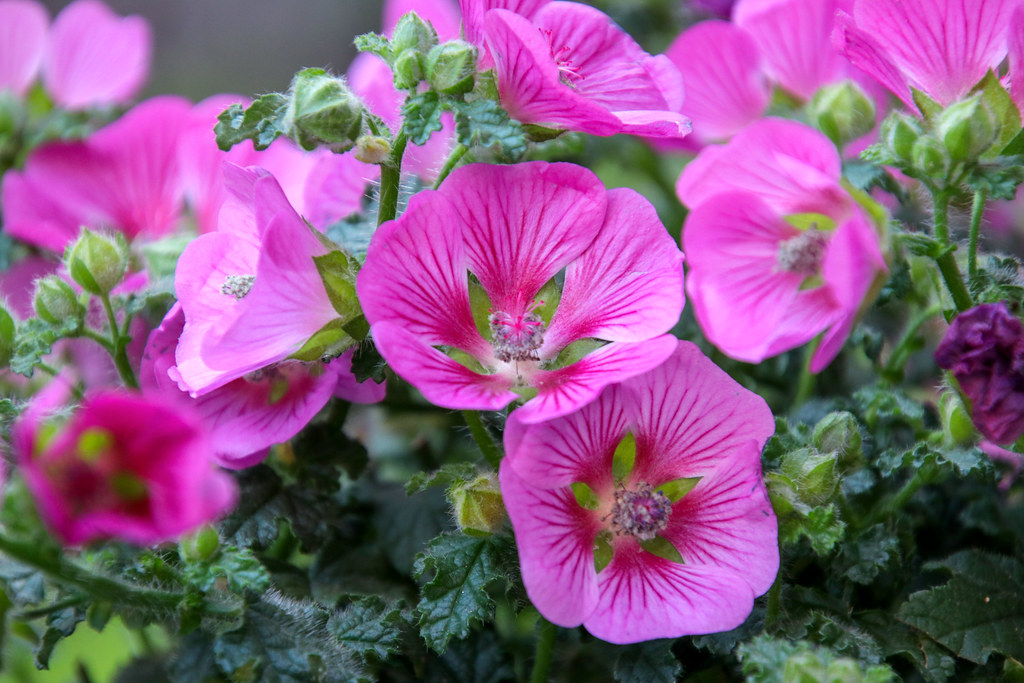#malvaceae
Text

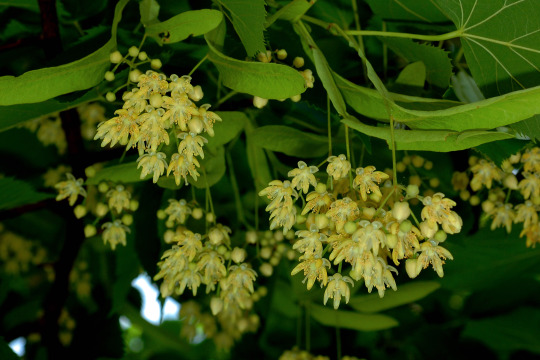


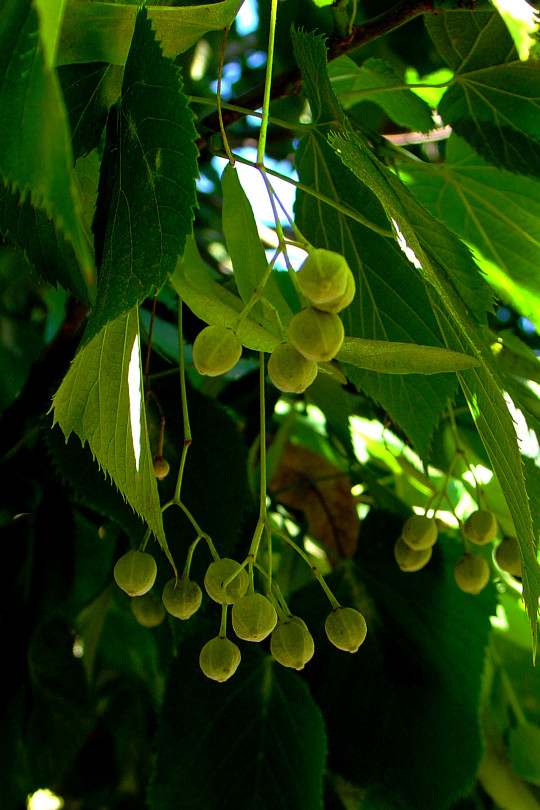
T – Tilia americana L. – Tiglio americano (Malvaceae)
c, honey bee
d, Bombus pascuorum (Scopoli, 1763)
#photographers on tumblr#digital image processing#original photographs#trees#flowers#honey bee#Bombus#pollination#fruits#Malvaceae
22 notes
·
View notes
Text


Hibiscus rosa-sinensis.
#flowers#garden#nature#plant photography#plants#botany#hibiscus#china rose#malvaceae#shoeblack plant#showy flower#hostel life
12 notes
·
View notes
Text
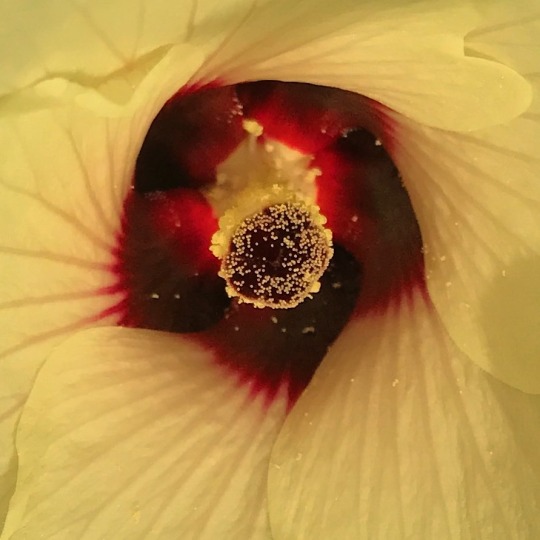
Okra sprinkles.
#flowers#macrophotography#original photographers#original photography on tumblr#gardens#macro#nature#malvaceae#okra#nature photography
26 notes
·
View notes
Text
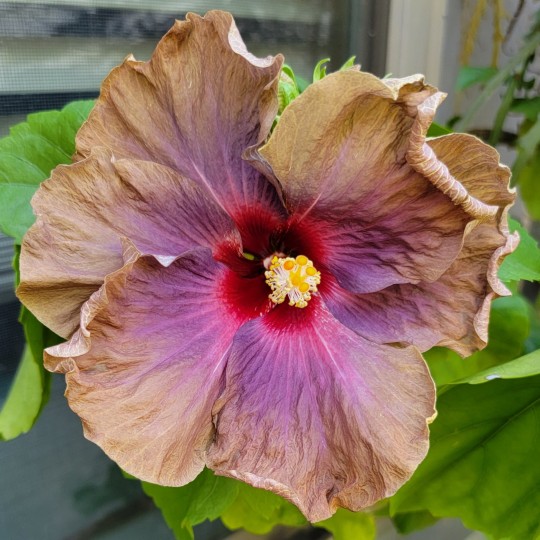

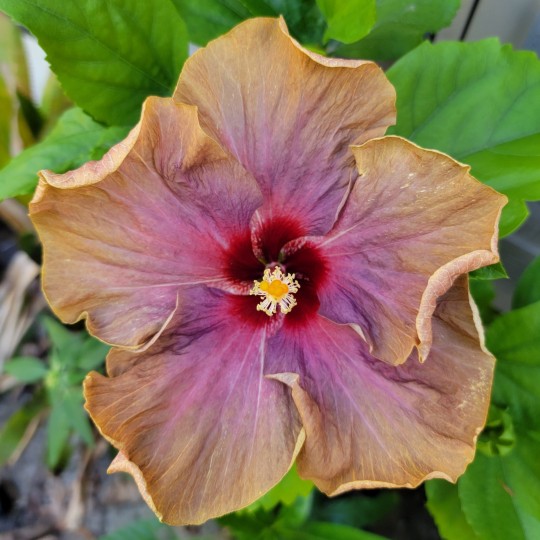
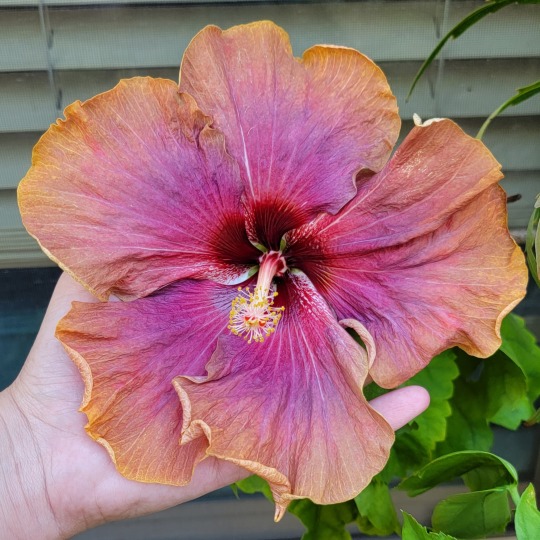

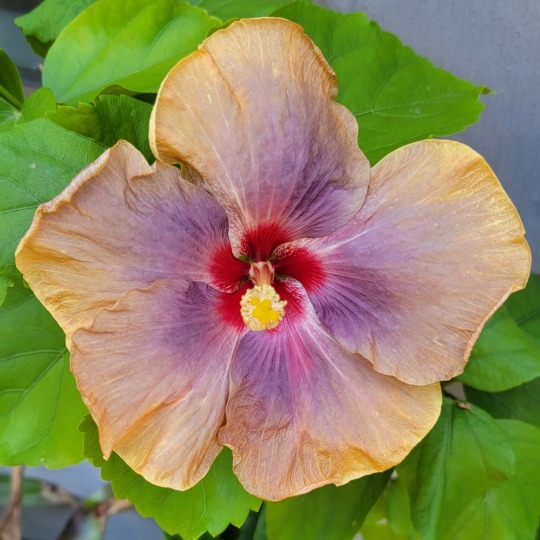
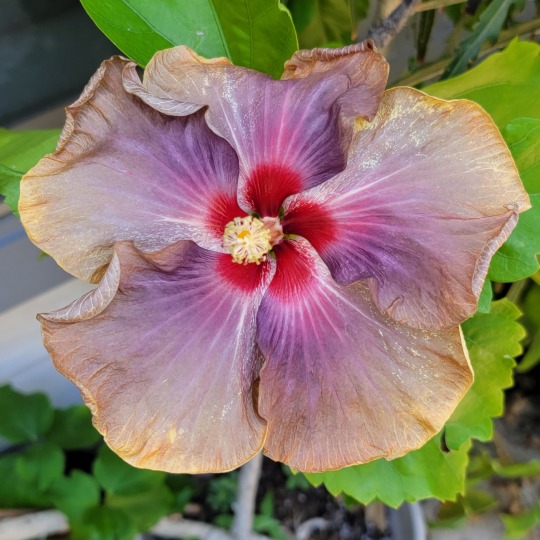


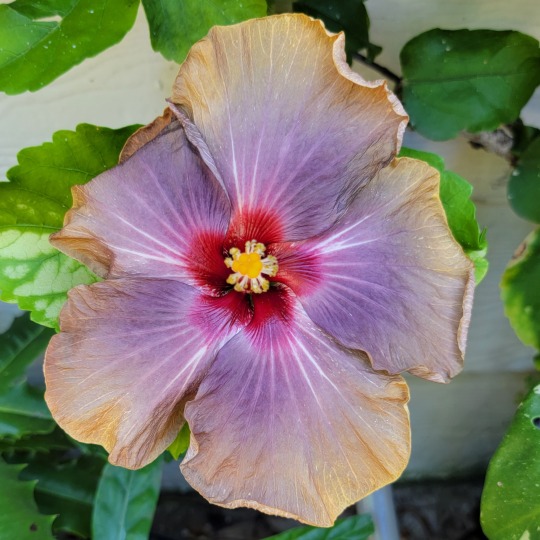
'Arabian Princess'. This was one of the first fancy hibiscus hybrids I bought when I got really into them in 2014. It's also by far the oldest plant I have left. Tropical hibiscus hybrids have no frost tolerance, so they need to be brought in during freezes. They need heavy fertilization for good flowering. They can endure quite a bit of heat, but only with daily waterings, and they need protection from afternoon sun in Texas summers. Pretty much everything likes to eat them, especially mealybugs. It was all a lot of work in the long term, so my collection is vastly reduced these days.
The breeder of this hybrid, Hidden Valley Hibiscus, ended plant sales at the end of 2022. I don't know if anyone is picking up propagation of the enormous number of varieties they produced over the years, but I don't believe any of said varieties were patented. I'm going to try to get some cuttings of this going, because a resilient plant like this deserves to stay in circulation.
39 notes
·
View notes
Text

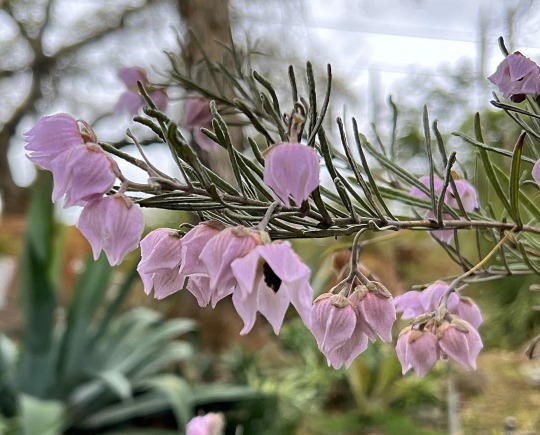
Guichenotia macrantha
This delightful shrub has narrow needle-like leaves and makes a wonderful winter display of pale lavender flowers. It belongs to the Malvaceae, or Mallow Family, and it comes from north and east of Perth, in Western Australia.
-Brian
18 notes
·
View notes
Text


The hollyhock (Alcea rosea) is a classic flower in Northern European gardens and streets of old towns and villages. This tough plant can grow even in hard, nutrient poor soil and it self-seeds copiously. The hollyhock exists in a dazzling array of colours, mostly in shades of pink, yellow, red, and purple as well as combinations of the aforementioned colours. There are even black flowered plants! The hollyhock originated in southern China and was introduced to Europe sometime in the 1500’s. If they make you think of tropical hibiscus 🌺, you’re not imagining things - both flowers belong to the Malvaceae family.
#katia plant scientist#botany#plant biology#plant science#plants#flowers#pink flowers#purple flowers#malvaceae#plant identification#old barn#barn door#cottagecore#cottagecore aesthetic#old farmhouse#hollyhocks#alcea rosea#alcea#china#europe#big flowers#cultural exchange#gardening#cottage garden
36 notes
·
View notes
Text
#2100 & 2101 - Brachychiton populneus & Dichocrocis clytusalis - Kurrajong & Kurrajong Bag Moth


The common names drives from Carrejun and carrejan - the indigenous names of the trees in the Blue Mountains foothills near Sydney. Brachychiton refers to the 'short tunics' of the seeds.
Kurrajongs are Australian trees in the same family as Hibiscus, with water-storing trunks and leaves that may be up to 9-lobed, or simple with pendulous tips as here. It grows in Victoria, New South Wales and Queensland, from wetter areas and out into dry country, but has become somewhat invasive in SW Australia where it was introduced as an ornamental.
Indigenous peoples used the tree's seeds as food when cleaned and roasted, the seed pods as toys, the soft spongey wood as a water source and for shields, and the bark as a source of fibre. Apparently the seeds can also be used as a coffee substitute, if you're desperate.
The moths responsible for the object in the second photo are also known as Kurrajong Leaf-tiers, from their habit of binding leaves together with silk (often comunally) and emerge at night to skeletonise them. They also feed on Brachychiton rupestris (the Queensland Bottle Tree) and Brachychiton acerifolium (Flame Tree). Both species, like the Kurrajong, are popular oranmental trees, making the moths a bit of a problem for saplings, if they occur in large numbers.
The adult is photographed below, by Donald Hobern

#brachychiton#malvaceae#Dichocrocis#crambidae#australian tree#australian mot#australian capital territory
4 notes
·
View notes
Text
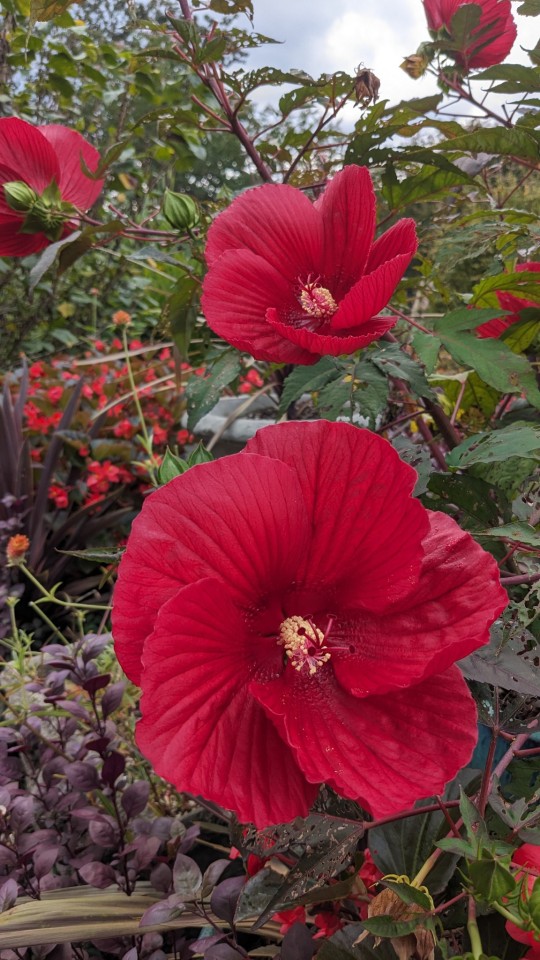
Hibiscus laevis / Swamp Rosemallow at the Sarah P. Duke Gardens at Duke University in Durham, NC
#Hibiscus#Swamp Rosemallow#rose mallow#Eastern rosemallow#Native plants#Native flowers#Flowers#Nature photography#Sarah P. Duke Gardens#Duke Gardens#Duke University#Durham#Durham NC#North Carolina#Edible plants#Edible flowers#malvaceae#Hibiscus laevis#Halberd-leaf Rosemallow
9 notes
·
View notes
Text
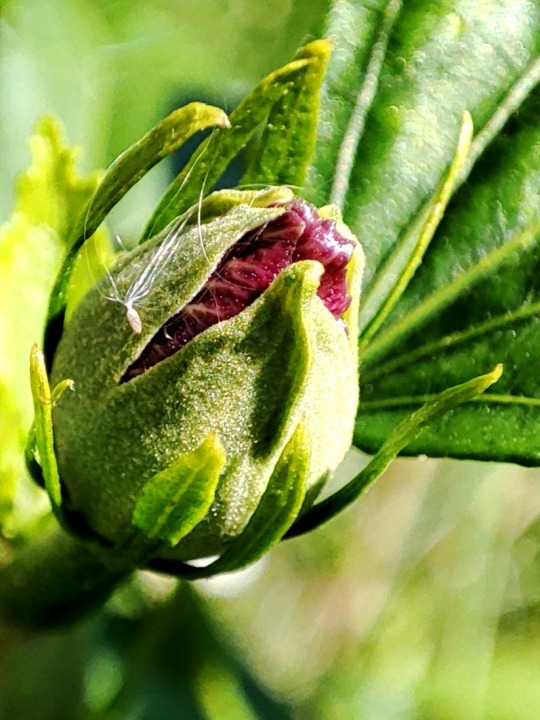
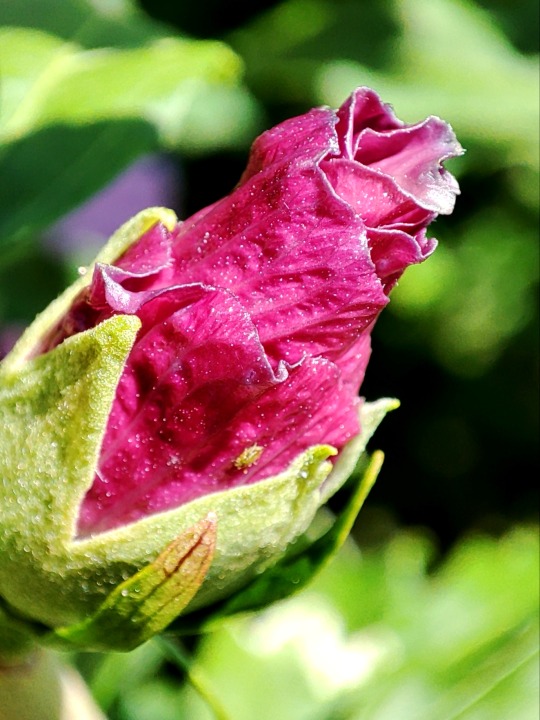
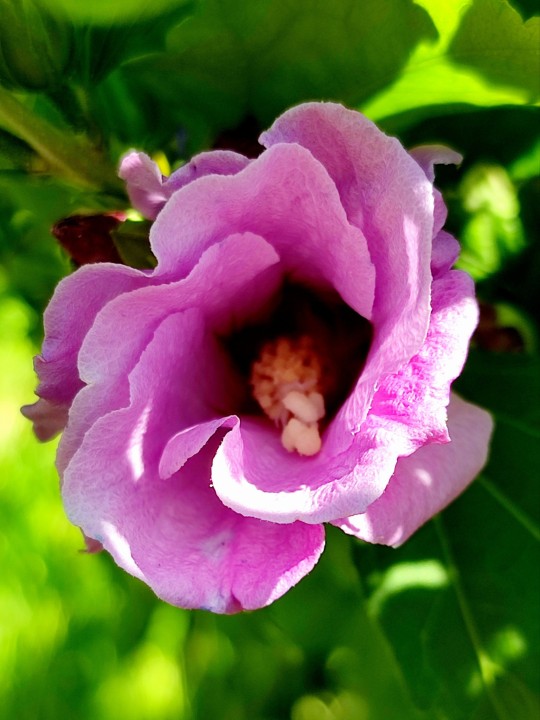
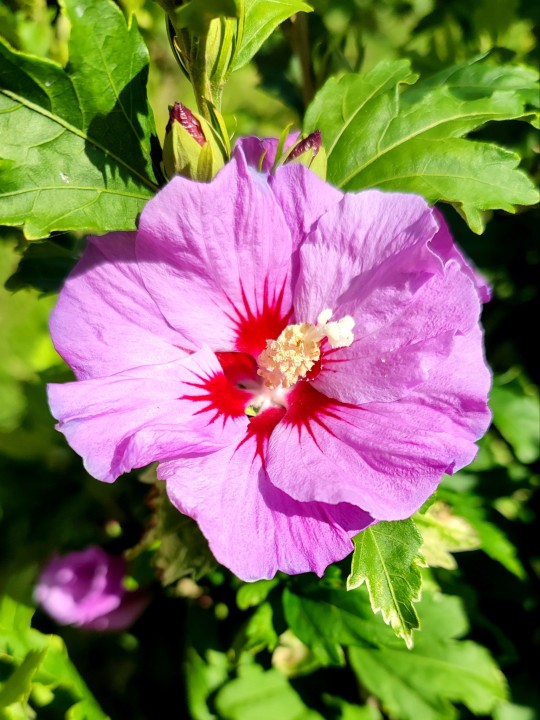
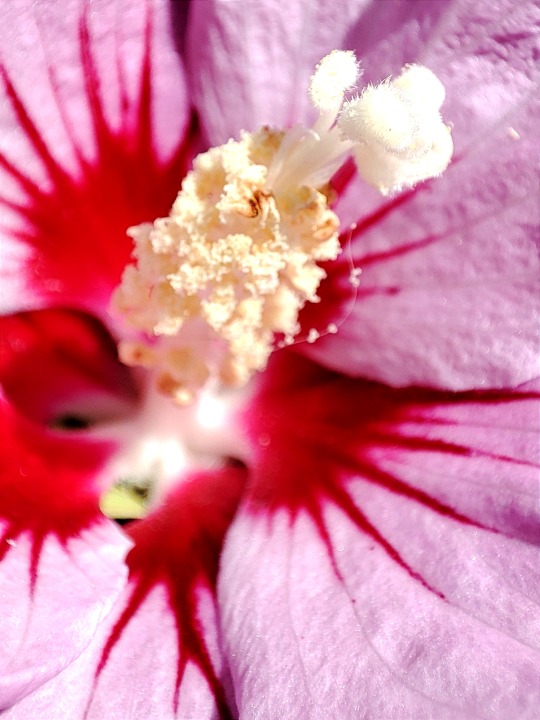
Common Hibiscus
Hibiscus syriacus is a species of flowering plant in the mallow family, Malvaceae. It is native to south-central and southeast China, but widely introduced elsewhere, including much of Asia, both in the east and the west. It was given the epithet syriacus because it had been collected from gardens in Syria.
8 notes
·
View notes
Text
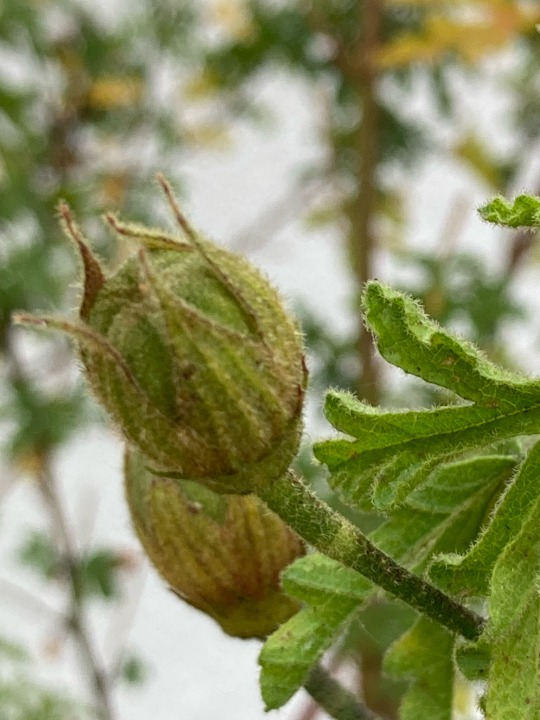
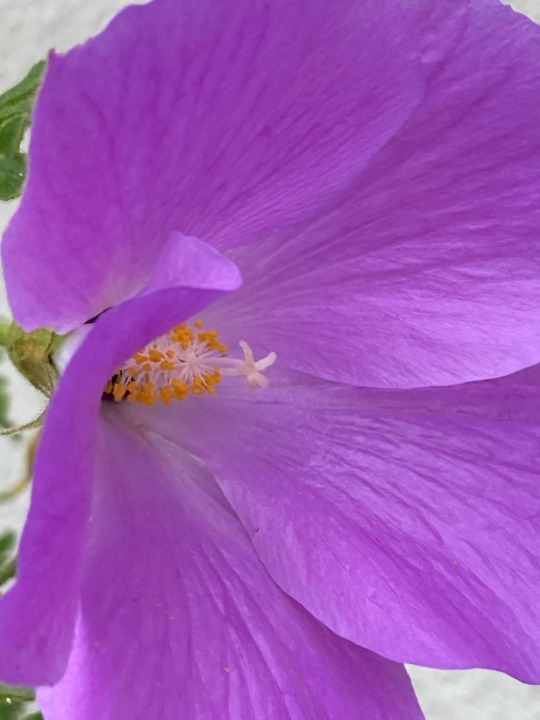
3 notes
·
View notes
Video
African mallow, dwarf hibiscus, Cape mallow, Cape African queen or false mallow (Anisodontea capensis) by Frans Sellies
Via Flickr:
Buy this photo on Getty Images : soon! Submitted: 17/01/2024
2 notes
·
View notes
Text
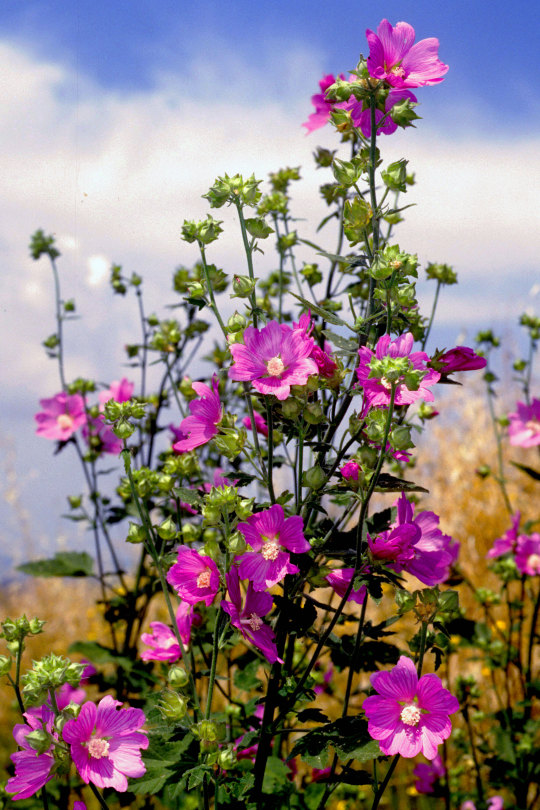
M – Malva thuringiaca (L.) Vis. – Malvone di Turingia (Malvaceae)
40 notes
·
View notes
Text
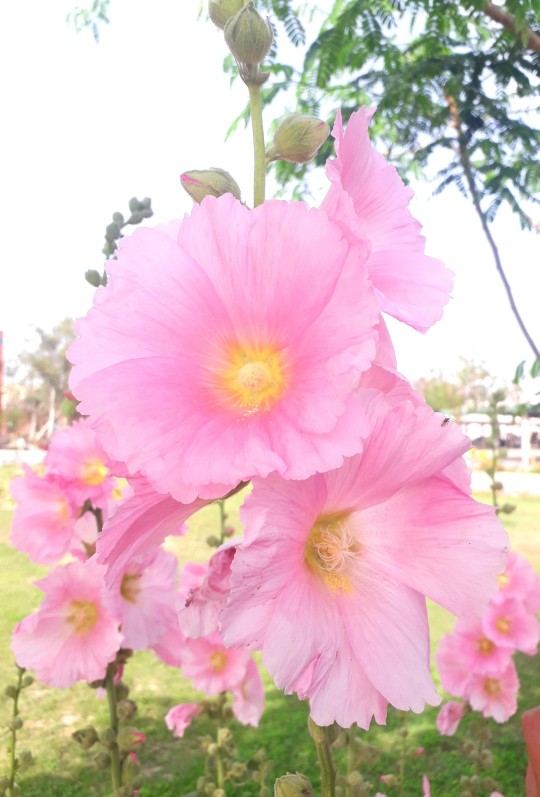
Alcea rosea.
#alcea rosea#hollyhock#malvaceae#ornamental#flowers#garden#nature#plant photography#plants#botany#pink flowers
7 notes
·
View notes
Text
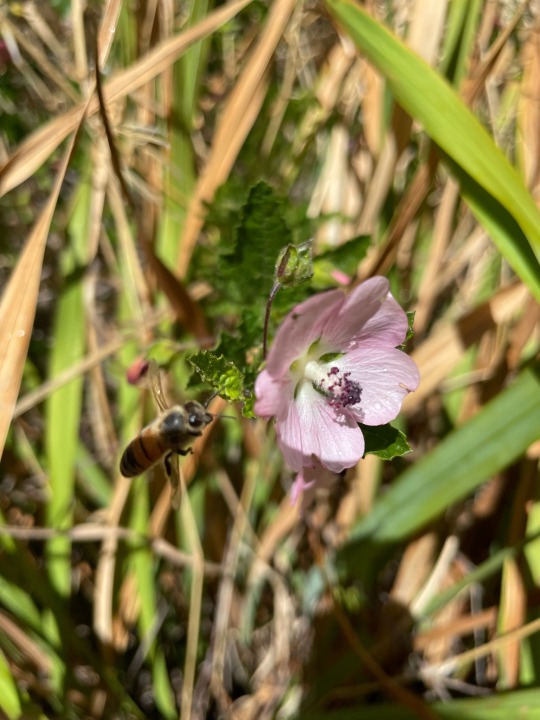

Char's flower of the day: Pink mallow (Anisodontea scabrosa) with a Western honey bee (Apis mellifera) coming to visit! 🐝🌸
3 notes
·
View notes
Text
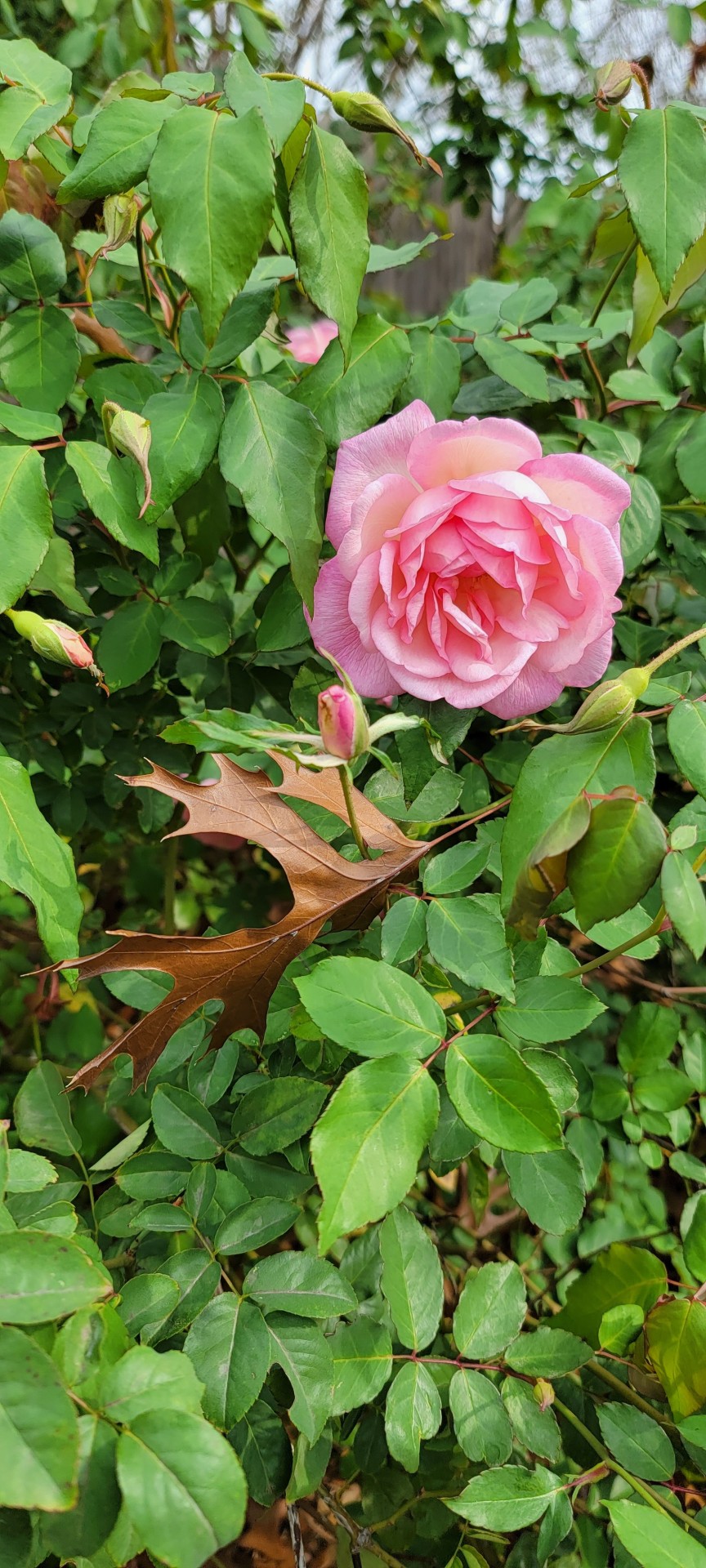

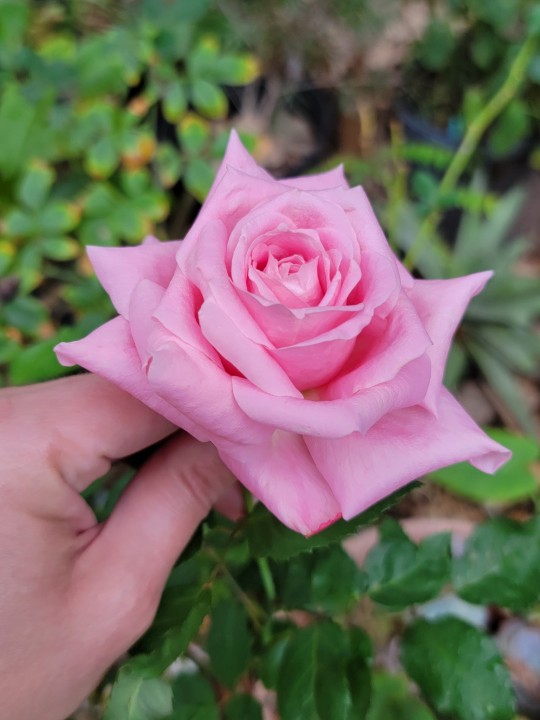
It was too hot for many flowers over the summer, and a substantial portion of the spring and fall. Then we had some dreary cold weather, followed by abnormally warm weather, and now things are blooming. No freezes so far, but the trees are finally dropping their leaves.
38 notes
·
View notes
Photo
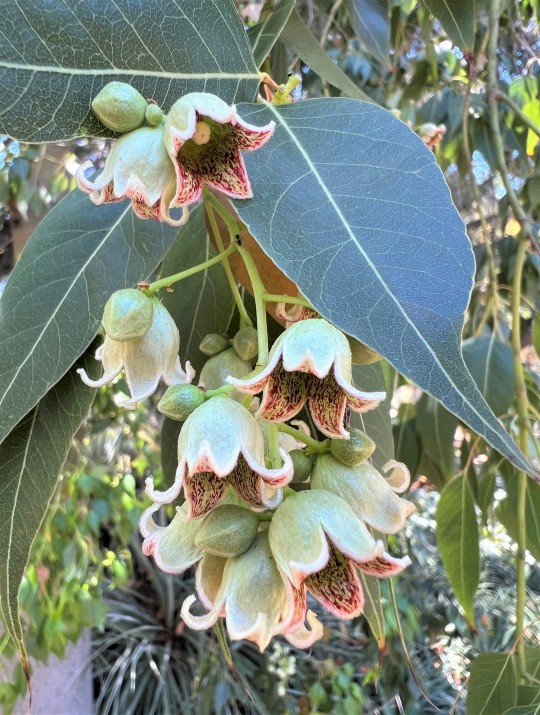
Brachychiton populneus
This drought-tolerant tree from eastern Australia has a moderately swollen trunk, and it is sometimes called a bottle tree, but this term is also used for its relative Brachychiton rupestris (with a more dramatically swollen trunk), as well as for other trees that are not related. Its flowers are not conspicuous, but delightful on close inspection: greenish-white on the outside and red-speckled within. Brachychiton was long placed in the family Sterculiaceae, but recently this whole family has been put into the Malvaceae (the Hibiscus Family).
-Brian
187 notes
·
View notes
